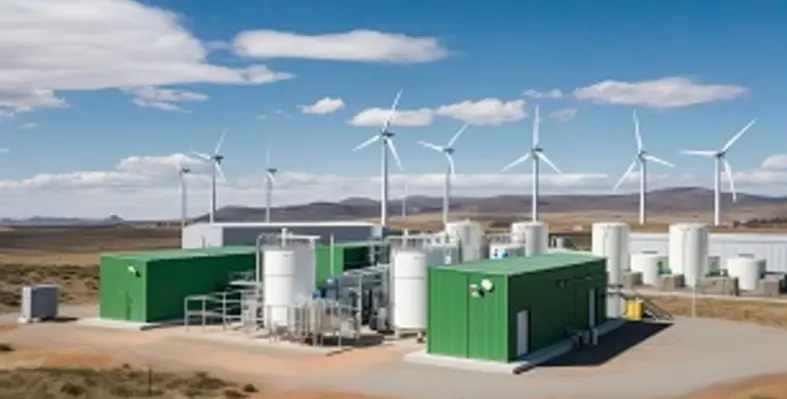Numerous continental efforts are being pursued to take advantage of the vast potential of the hydrogen economy
Today, there are few resources considered with greater expectation than hydrogen. Demand is currently dominated by heavy industries and is most commonly used in petroleum refining and fertiliser production. In addition, it is grey hydrogen that commands production, this being the creation of the resource from natural gas or methane without the use of carbon capture and storage (CCS), with production through coal (black or brown) closely following.
The future of hydrogen, however, looks very different from both ends of the spectrum. Most notably, the remarkable versatility of the element as an energy carrier is drawing particular attention from the transportation sector (as a fuel for shipping, aviation and road transportation) as well as in power generation and storage. There is also greater attention being dedicated to the wider hydrogen rainbow, with expectations that green (production through electrolysis powered by renewables), blue (production through natural gas using steam reforming with the use CCS), and even pink (electrolysis powered by nuclear energy) will play a bigger role in production.
With the rise of clean hydrogen in both production and use, the IEA has indicated its importance is rising in the 2050 net zero emissions scenario, playing a particularly effective role in decarbonising sectors where emissions are hard to abate such as transport and heavy industries like steel production.
While significant investment is still required (to overcome challenges such as commercial feasibility and infrastructure deficits), the potential necessity of hydrogen is creating a significant market. IDTechEx, for instance, has projected the low-carbon market will reach US$130bn by 2033 while Deloitte’s Hydrogen Pathway Explorer model has indicated clean hydrogen could account for nearly 70% of a US$1.4 trillion hydrogen market by 2050.

Notably, this could be to the supreme benefit of regions that are able to produce cost-competitive hydrogen in large quantities, enabling them to become hydrogen exporters as well using it domestically. Deloitte continued that North Africa alone could expect to benefit by around US$110bn per year due to its high export potential.
With the rest of Africa enjoying deep pockets in the currency of renewables, an equally exciting future could await if enabling infrastructure networks can be delivered.
Positioning for the future
It was partially on the basis of this understanding that African ministers responsible for climate change visited the German Bundestag as part of an inter-ministerial visit through the West African Science Service Centre on Climate Change and Adapted Land Use (WASCAL) and the Southern Africa Science Service Centre on Climate Change and Adaptive Land Management (SASSCAL).
Among the key issues discussed was the need to strengthen partnerships between Germany and the two institutions to achieve the common goal of a successful energy transition through green hydrogen and to build wider capacities around the resource.
WASCAL ministerial chair, Amadou Keita, remarked that green hydrogen has the propensity to transform the geopolitical energy landscape for fossil fuel, citing the significant investment pledges dedicated to Egypt. “This is a clear indication that Africa is endowed with technical propensity for producing cheap green hydrogen more than any other continent the world over,” he said.
The Economic Community of West African States (ECOWAS) has similarly declared that the concept of green hydrogen “has emerged as a new beacon of hope for the region” which presents a unique opportunity for West Africa to unlock it vast renewable energy potential, secure a sustainable future and offer a promising solution to energy access challenges. In light of this, the ECOWAS Centre for Renewable Energy and Energy Efficiency (ECREEE) has forged a partnership with WASCAL in order to develop green hydrogen policy, strategy framework and an action plan to facilitate this future.
Furthermore, in order to make the continent a frontrunner in the race to develop green hydrogen, six African countries formally launched the Africa Green Hydrogen Alliance to create a sustainable, collaborative environment. Kenya, South Africa, Namibia, Morocco, Egypt and Mauritania launched the initiative in order to develop public and regulatory policy, capacity building, financing and certification in order to mobilise green hydrogen production.
In recent months, media front pages have been saturated with news of likewise developments, with an exceptional number of announcements circulating around Africa’s green hydrogen space. Read the full report, including coverage of the notable sub-Saharan countries which have explored projects, in the latest issue of African Review here: https://africanreview.com/magazine-archives/african-review-september-2023






